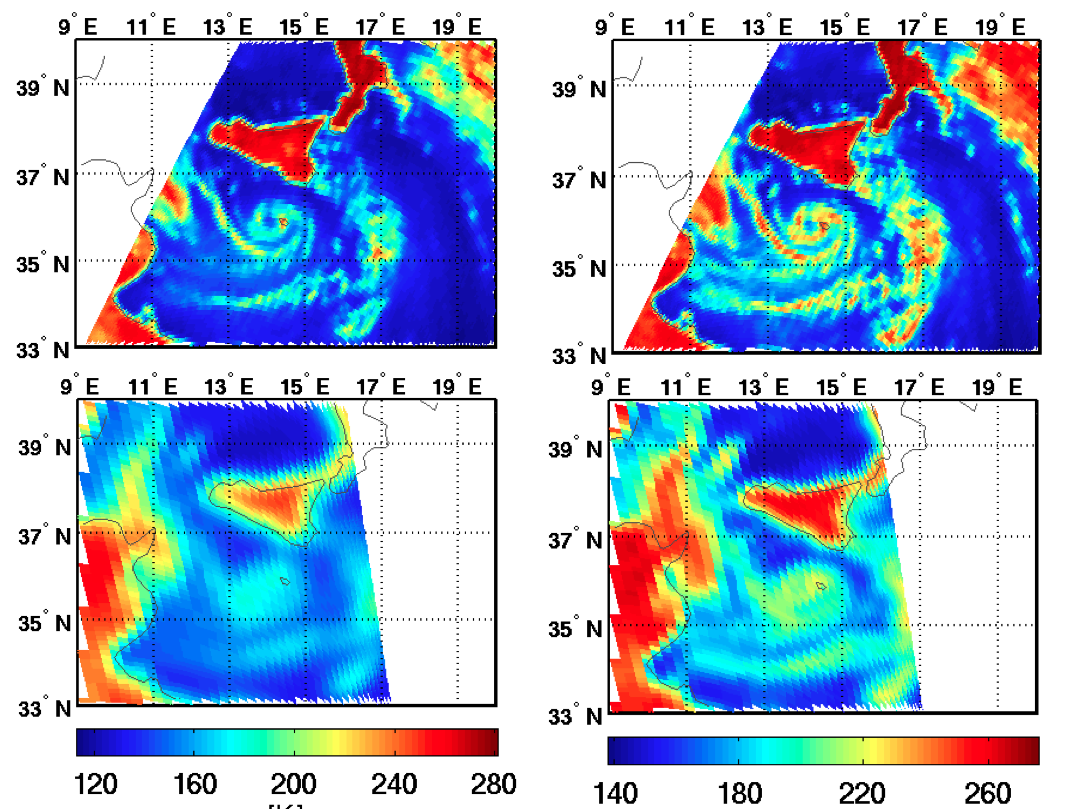Remote sensing of precipitation from space
Giulia Panegrossi provides an overview on the state-of-the-art of remote sensing techniques for precipitation retrieval.
Length: 34 minutes
The goal of this seminar is to provide an overview of the state-of-the-art of remote sensing techniques for precipitation retrieval exploiting Low Earth Orbit (LEO) microwave (MW) and/or geostationary (GEO) visible/infrared (VIS/IR) observations, analyzing their potentials and limitations, and perspectives in view of future satellite missions. The first part will focus on the description of the main space borne observing systems with focus on passive MW sensors on board LEO satellites, and on the basic principles of precipitation retrieval from space. Particular emphasis has been given to the NASA/JAXA Global Precipitation Measurement (GPM) mission, and to its Core Observatory launched on February 27, 2014, equipped with the most advanced space borne microwave imager (the GMI) and the first space borne dual-frequency (Ku and Ka-band) precipitation radar, providing semi-global (between 65°S and 65°N) 3-D view and retrieval of the precipitation (solid and liquid). The second part will focus on the main precipitation retrieval techniques and in particular on those used in the EUMETSAT Hydrology Satellite Application Facility (H SAF) precipitation products. Finally, in the third part a few applications of satellite precipitation products will be shown to highlight scientific challenges and future perspectives to improve precipitation quantitative estimation from space.

